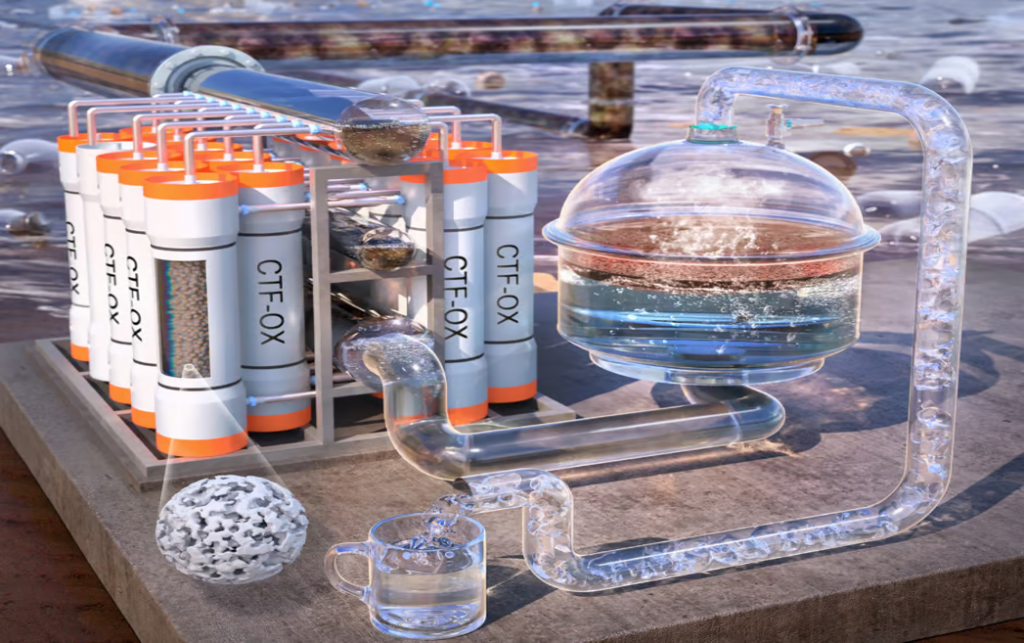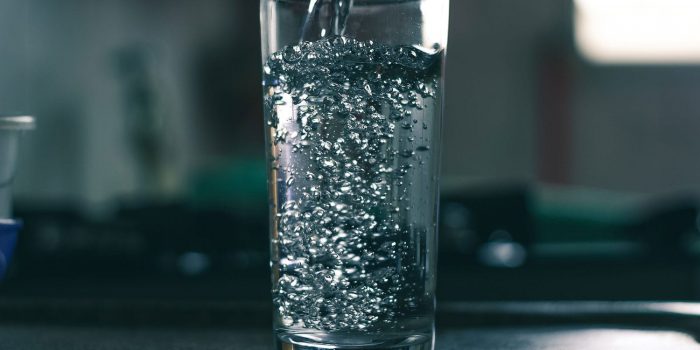Freshwater scarcity has emerged as one of the most pressing worldwide issues owing to severe water contamination caused by micropollutants and volatile organic compounds (VOCs).
Given the widespread use of plastic in today’s society, it is not surprising that microplastics are making their way up the food chain to reach humans. Nanocellulose, semiconductor wires, magnetic “nanopillars,” and filtration columns made of sand, gravel, and biofilms are a few of the materials being investigated to help filter out microplastics.

However, a new design proposed by South Korean researchers at the Daegu Gyeongbuk Institute of Science and Technology (DGIST) has sparked a new ray of hope. The new study reported a highly efficient molecularly engineered covalent triazine framework (CTF) for rapid adsorption of micropollutants and VOC-intercepting performance using solar distillation.
Supramolecular design and mild oxidation of CTFs (CTF-OXs) enable hydrophilic internal channels and improve molecular sieving of micropollutants. However, before oxidization, the scientists designed the CTF molecules to be more water-attracting.

The generated filter, or CTF-OX, has a high removal efficiency of microplastics (>99.9% in 10 seconds), quickly removing microplastics from water, and may be regenerated numerous times without losing performance.
In a similar experiment, the researchers created a polymer that can absorb solar energy, convert it to heat, and then use that heat to expel VOCs. Such a synergistic purification system of absorption and solar-driven membrane can efficiently remove 99.9% of mixed phenol compounds.

“The technology we developed here is an unrivaled water purification technology with the world’s highest purification efficiency, removing more than 99.9% of phenolic microplastics and VOC contaminants in water at ultra-high speeds,” said Professor Park Chi-Young, lead author of the study.
“We expected that it will be a universal technology with high economic efficiency that can purify contaminated water and supply drinking water even in areas with no power supply.”
The research was published in the journal Advanced Materials.
Source: DGIST via Asia Research News


